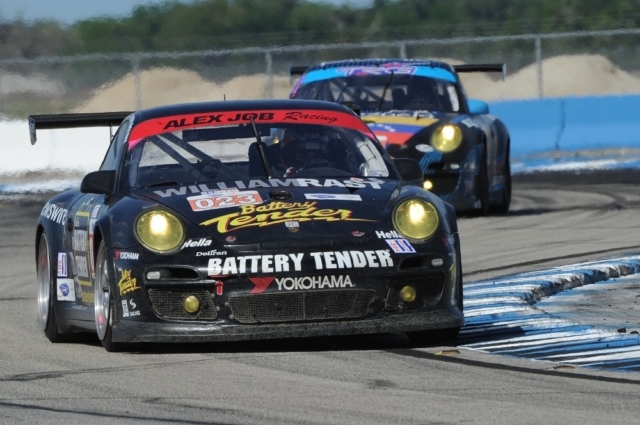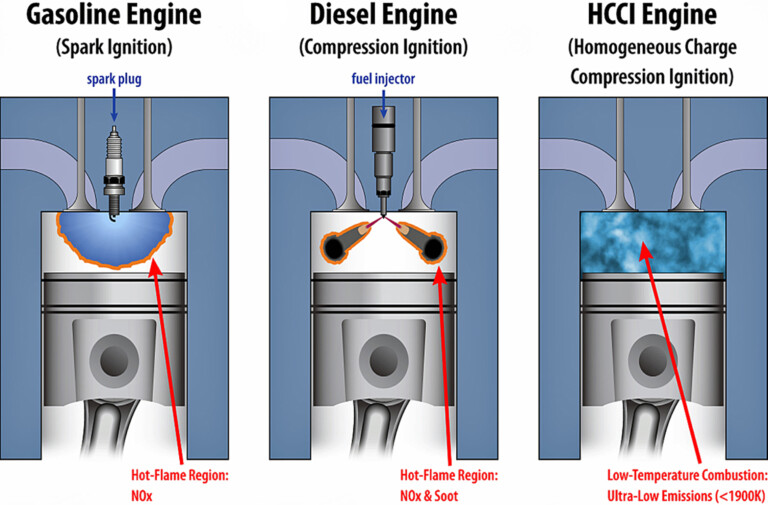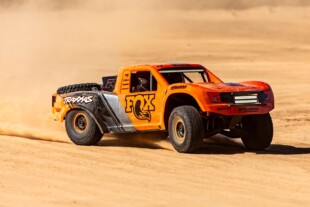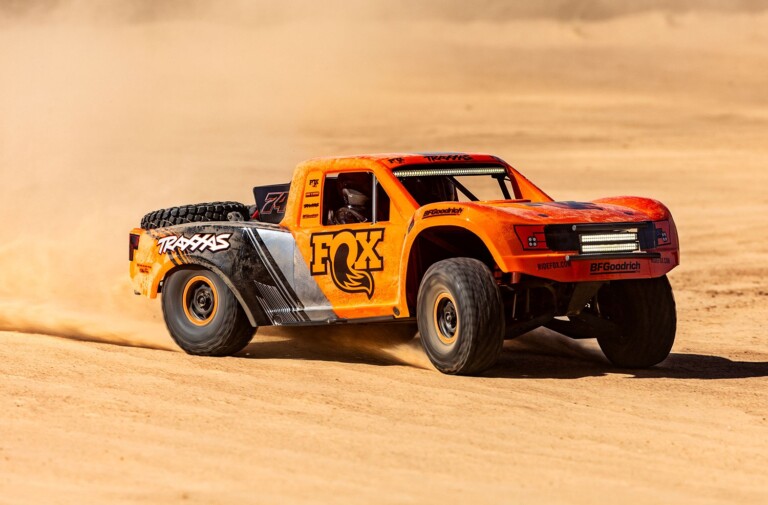In an exciting two-part segment, TUDOR racer Dion Von Moltke shows exactly what goes through the mind of a determined racing driver during a practice session. While many observers might assume that practice sessions are for drivers to brush up on their techniques, in reality it has much more to do with the interaction between engineer and driver. The intent of these sessions is to find out where the limit of the car is, how well the tires and brakes are working over a series of laps, suggest where the chassis could be improved, and establish oneself within the pecking order, so to speak.
Observing Von Moltke’s two in-laps, he’s looking to bring the tires up to operating temperature while avoiding the quicker traffic. One of the trickier aspects of road racing is learning when the right time to hold your line and when to let your opponents by. Whereas a gentlemanly driver on a warmup lap will let everyone by, once those tires are functioning properly and a respectable lap time is possible, a driver has to let others through with discretion. This allows them to keep their own speed up, give faster cars an indication of where they’d preferably pass during the race, and compare one’s own cornering speed against some of the competition.
After a lap or two, and tires are at their operating temperature, there’s then the matter of determining where the braking points are and figuring how far to push the envelope. Because surface conditions change from time to time, it’s never certain where the utmost limit of grip is until one actually gets to feel it. Then, the astute driver makes a few changes to their technique to accommodate for the level of grip, and then, if obvious, tries to figure out exactly where the car is not performing at its best.
The important point, though, is that one ought not to have to change their technique too much here. Ideally, a perceptive, articulate driver can relay all the car’s behavior in clear terms to the engineers, so that the car can be made as manageable as possible. To do this, the driver needs then to diagnose where the car is suffering, where more speed can be gained, and what recognizable problems should be conveyed.
Is the car understeering on entry? Is it understeering mid-corner? How much steering lock is on past the apex? Does the rear end help rotate the car or will it exacerbate a push? How stable is the rear under heavy braking? Of course, the driver must work up towards the limit, but once they’re consistently flirting with the edge after several warmup laps, the basic handling traits of the car will shine through. There are so many different attitudes a racing car can assume when traveling through the corner, and a skilled driver will have the feel for the quickest way through, as well as the equipment to back up his assertions.

Von Moltke spent a good deal of his career in Porsches, but recently he’s moved into Audis. Staying in the family.
There’s much more to a practice session than getting the competitive juices flowing. Laps must be run at race-pace, and yet, traffic has to be treated with a special courtesy. On top of that, a driver must determine how to describe the car’s ailments, all without crashing. Sure, qualifying requires putting the car on the edge and the race is harrowing enough, but to think practice sessions are a casual cruise would be a masterpiece of understatement.





















